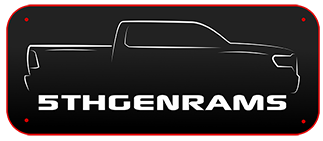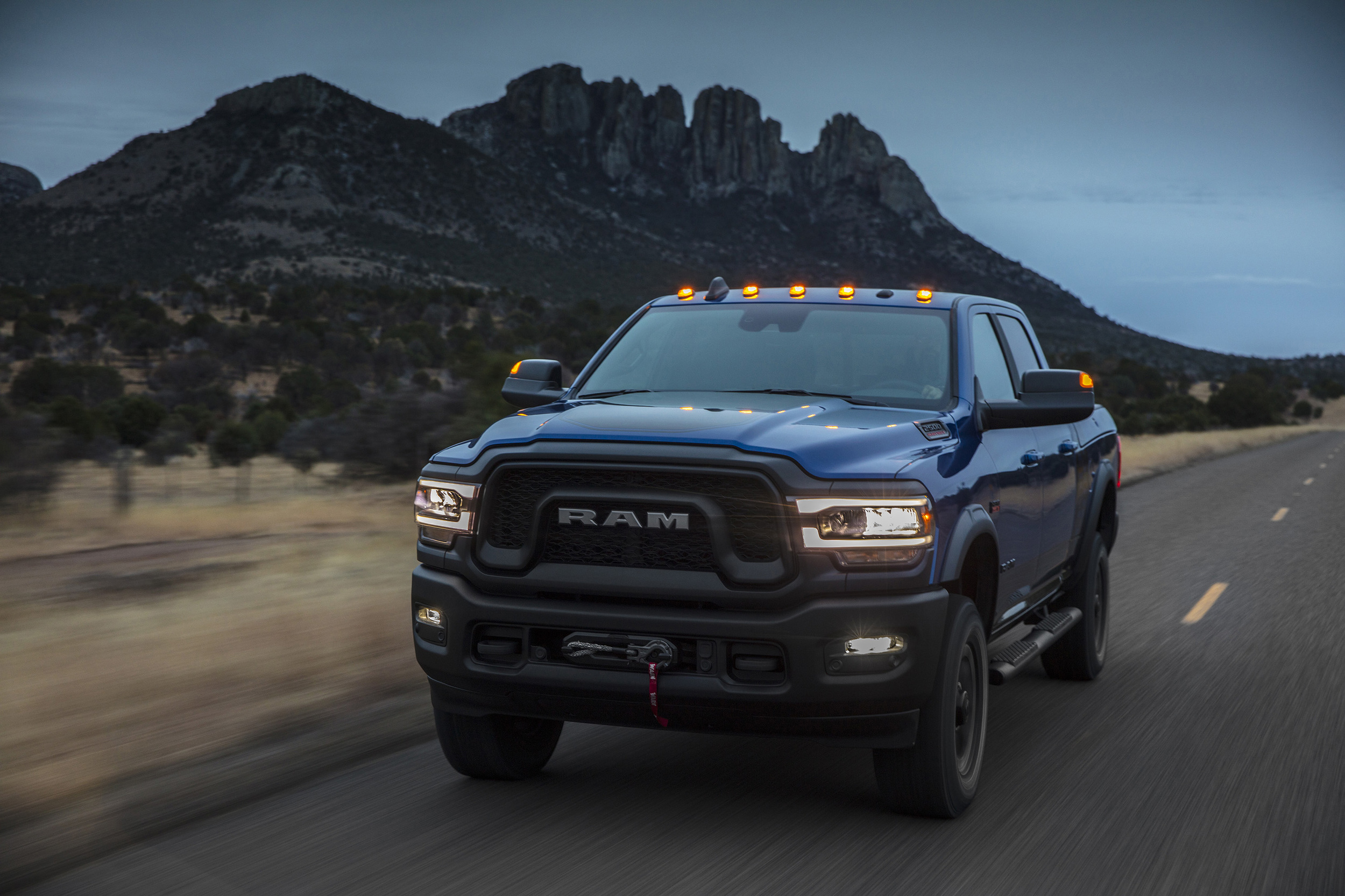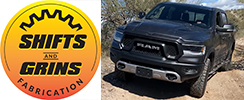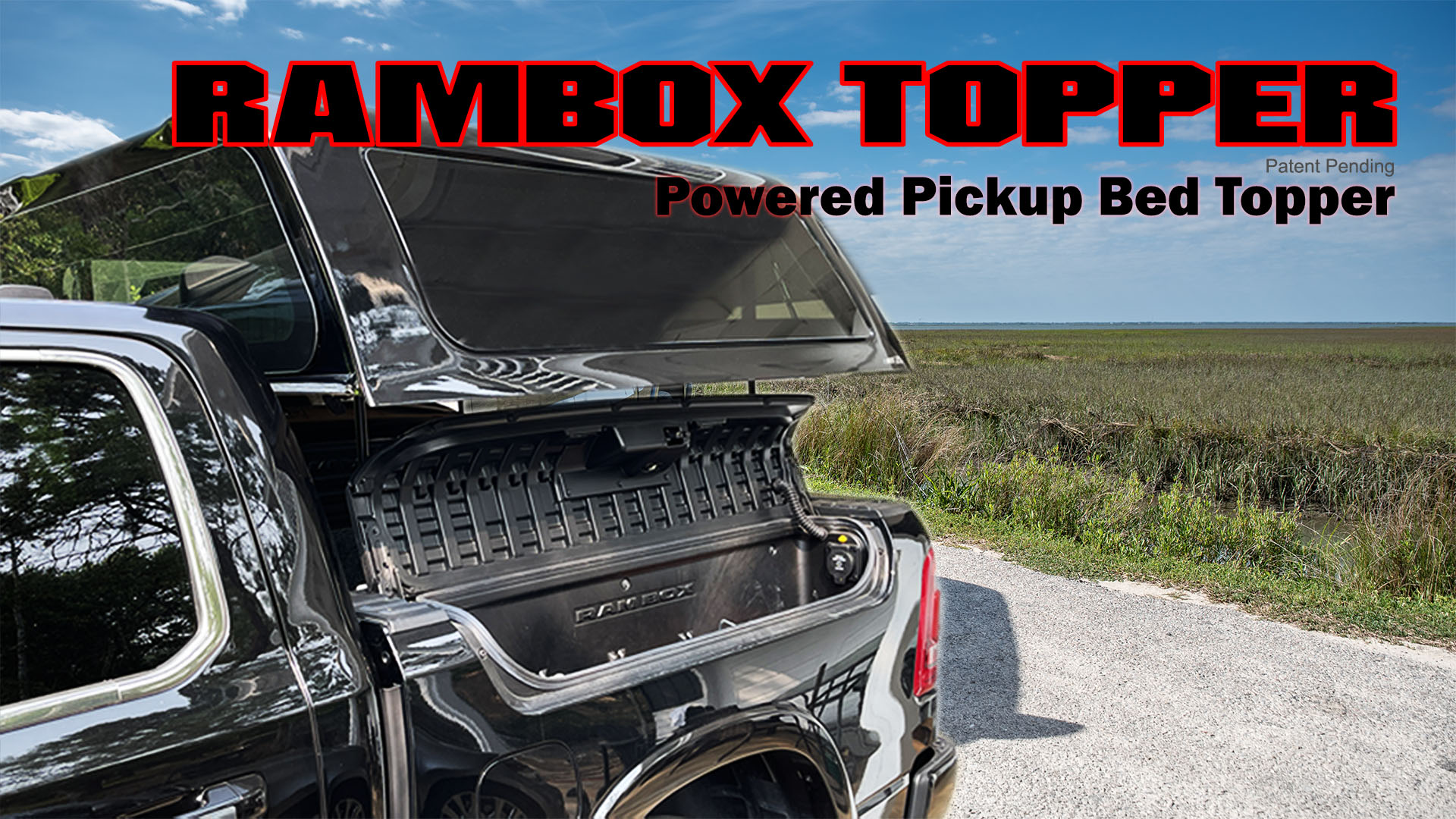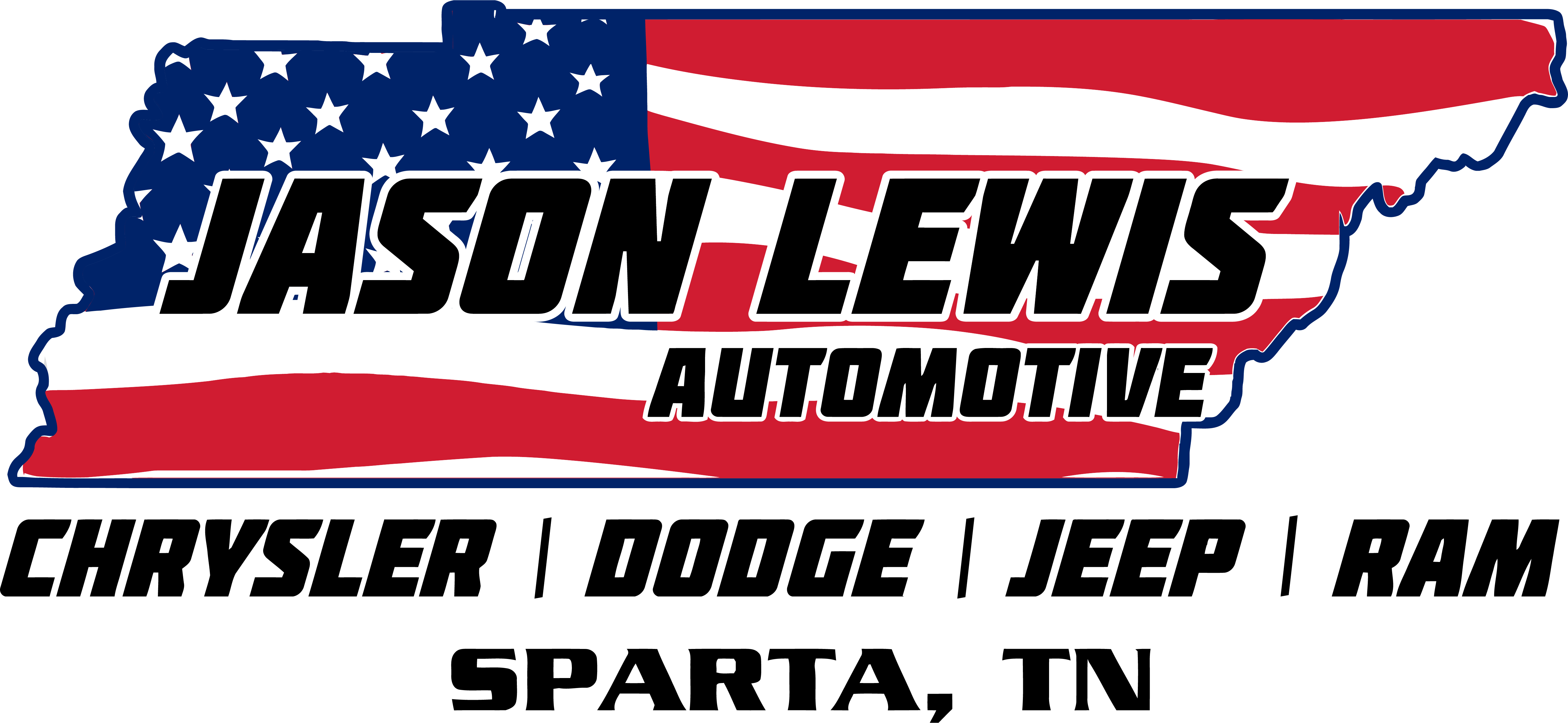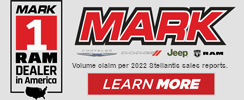go-ram
Ram Guru
- Joined
- Jun 30, 2018
- Messages
- 838
- Reaction score
- 761
- Points
- 93
- Age
- 65
There was no math I could do. I asked and kept getting the generic “Tow cap is 11340lbs, payload is 1840lbs” from 3 separate sales departments. I asked when I finally decided to build it and they said the computer is not that sophisticated to find out the true payload while taking add-ons into consideration.
Yeah, I understand, that's typical of most sales people. It's not right, but it's typical.
I think it's a load of crap that when the order is put into the dealer's ordering program, the manufacturer can't give the customer a payload estimate that's within 5% of what the ultimate ratings will be once the truck is built. For pity's sake, they know everything about every component a customer orders, how much it weighs, etc. IMO it's lame that at the time the order is input they don't provide a decent estimate of payload...even if they only guarantee the estimates to be within +/- 10%, that would be good enough to make a buying decision based on payload & towing capacities the buyer expects they'll need.
The only thing I could suggest is find one or two trucks on the lot that are fairly close to what a person will be ordering, and look at the ratings placard on those similar trucks (by similar I mean cab type, bed length, engine size, 4WD/2WD, high-end trim or entry-level trim, heavily optioned or not, panoramic roof, etc.) Not 100% accurate, but a lot closer than just being given the maximum payload and towing figures from the advertising brochures/ads for the stripped-down, max towing configuration.
